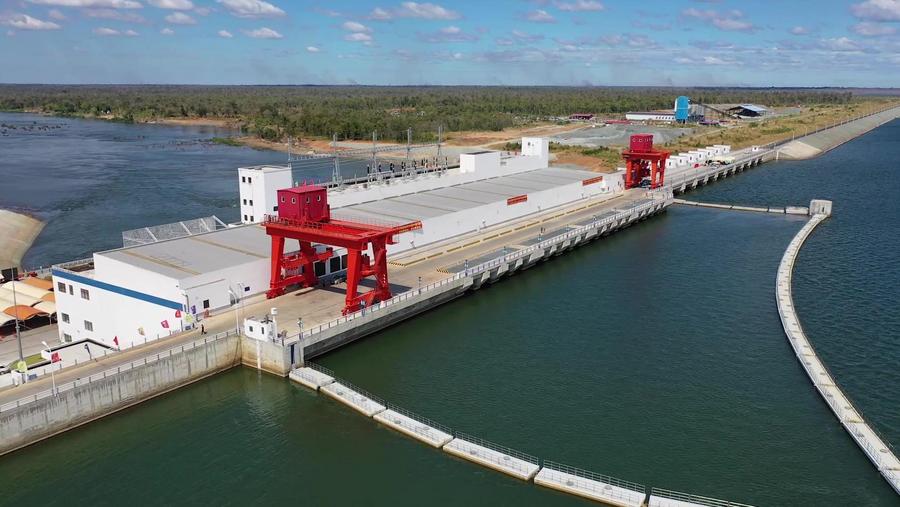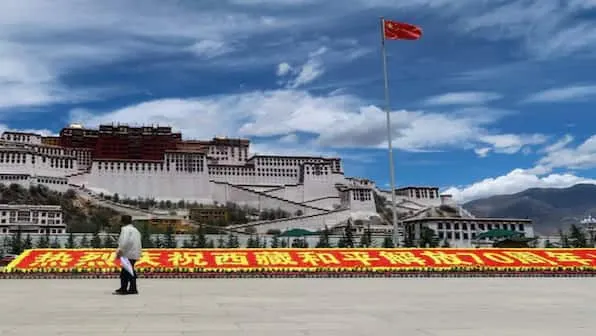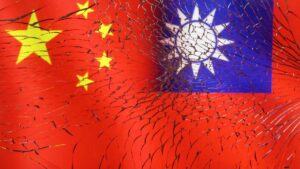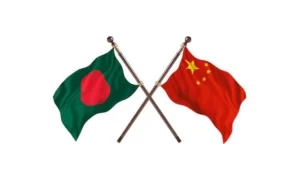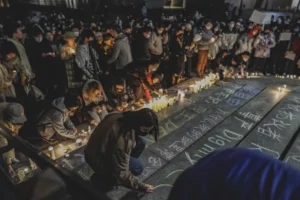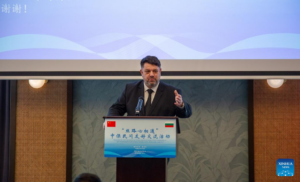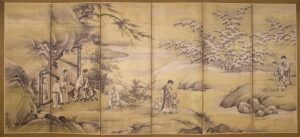The Dalai Lama, Tibet, and China’s power struggle
The Dalai Lama has lived in exile in India since 1959. The older he gets, the more important the question of his succession becomes for the future of Tibet. But it’s also important for international geopolitical balance. India, the United States and Europe support Tibet, which has been demanding autonomy since its annexation by China in 1950. China, however, does not recognize the Dalai Lama’s government in exile.
China is now determined to appoint the next Dalai Lama on its own. Tensions have long been high between the People’s Republic of China and India: A border conflict between the two countries has been smoldering since 1962. When Mao Tse-tung’s People’s Liberation Army invaded Tibet, India lost its Buddhist neighbor and now bordered the communist regime directly. The Tibetan people were forced to assimilate. Seeing this, India granted asylum to the 14th Dalai Lama and numerous other refugees — much to Mao Tse-tung’s displeasure. Since then, there has been constant conflict, particularly in the disputed border region in the Himalayas.
By taking power in Tibet, the PRC was able to secure valuable natural resources like chrome, copper, borax, uranium and lithium. It also gained control over the sources of Asia’s largest rivers. India sees this as a threat to its freshwater supplies.
As the subject of a dispute between the two most populous states in the world, both of which are now major economic powers, it is not easy for the Tibetans to make their voice heard — despite all the efforts of their spiritual leader.
